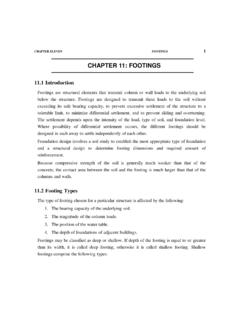Transcription of Basics of Foundation Engineering with Solved Problems
1 Basics of Foundation Engineering with Solved Problems Prepared By: Ahmed S. Al-Agha September -2015 Based on Principles of Foundation Engineering , 7th Edition Being rich is not about how much you have, but is about how much you can give Chapter (2) Subsoil Exploration Page (1) Foundation Engineering Subsoil Exploration Ahmed S. Al-Agha Introduction: The soil mechanics course reviewed the fundamental properties of soils and their behavior under stress and strain in idealized conditions.
2 In practice, natural soil deposits are not homogeneous, elastic, or isotropic. In some places, the stratification of soil deposits even may change greatly within a horizontal distance of 15 to 30 m. For Foundation design and construction work, one must know the actual soil stratification at a given site, the laboratory test results of the soil samples obtained from various depths, and the observations made during the construction of other structures built under similar conditions. For most major structures, adequate subsoil exploration at the construction site must be conducted. Definition: The process of determining the layers of natural soil deposits that will underlie a proposed structure and their physical properties is generally referred to as subsurface exploration.
3 Purpose of Subsurface Exploration: The purpose of subsurface exploration is to obtain information that will aid the geotechnical engineer in: 1. Determining the nature of soil at the site and its stratification. 2. Selecting the type and depth of Foundation suitable for a given structure. 3. Evaluating the load-bearing capacity of the Foundation . 4. Estimating the probable settlement of a structure. 5. Determining potential Foundation Problems ( , expansive soil, collapsible soil, sanitary landfill, ). 6. Determining the location of water table. 7. Determining the depth and nature of bedrock, if and when encountered.
4 8. Performing some in situ field tests, such as permeability tests, van shear test, and standard penetration test. 9. Predicting the lateral earth pressure for structures such as retaining walls, sheet pile, and braced cuts. Page (2) Foundation Engineering Subsoil Exploration Ahmed S. Al-Agha Subsurface Exploration Program: A soil exploration program for a given structure can be divided broadly into three phases: 1. Collection of Preliminary Information: This step includes obtaining information regarding the type of structure to be built and its general use.
5 The following are examples explain the needed information about different types of structures: For the construction of building: The approximate column loads and their spacing. Local building-codes. Basement requirement. For the construction of bridge: The length of their spans. The loading on piers and abutments. 2. Reconnaissance: The engineer should always make a visual inspection (field trip) of the site to obtain information about: The general topography of the site, the possible existence of drainage ditches, and other materials present at the site. Evidence of creep of slopes and deep, wide shrinkage cracks at regularly spaced intervals may be indicative of expansive soil.
6 Soil stratification from deep cuts, such as those made for the construction of nearby highways and railroads. The type of vegetation at the site, which may indicate the nature of the soil. Groundwater levels, which can be determined by checking nearby wells. The type of construction nearby and the existence of any cracks in walls (indication for settlement) or other Problems . The nature of the stratification and physical properties of the soil nearby also can be obtained from any available soil-exploration reports on existing structures. Page (3) Foundation Engineering Subsoil Exploration Ahmed S.
7 Al-Agha 3. Site Investigation: This phase consists of: Planning (adopting steps for site investigation, and future vision for the site) Making test boreholes. Collecting soil samples at desired intervals for visual observation and laboratory tests. Determining the number of boring: There is no hard-and-fast rule exists for determining the number of borings are to be advanced. For most buildings, at least one boring at each corner and one at the center should provide a start. Spacing can be increased or decreased, depending on the condition of the subsoil. If various soil strata are more or less uniform and predictable, fewer boreholes are needed than in nonhomogeneous soil strata.
8 The following table gives some guidelines for borehole spacing between for different types of structures: Approximate Spacing of Boreholes Type of project Spacing (m) Multistory building 10 30 One-story industrial plants 20 60 Highways 250 500 Residential subdivision 250 500 Dams and dikes 40 80 Determining the depth of boring: The approximate required minimum depth of the borings should be predetermined. The estimated depths can be changed during the drilling operation, depending on the subsoil encountered ( , Rock). To determine the approximate required minimum depth of boring, engineers may use the rules established by the American Society of Civil Engineers (ASCE 1972): 1.
9 Determine the net increase in effective stress ( ) under a Foundation with depth as shown in the Figure below. Page (4) Foundation Engineering Subsoil Exploration Ahmed S. Al-Agha 2. Estimate the variation of the vertical effective stress ( o ) with depth. 3. Determine the depth (D = D1) at which the effective stress increase ( ) is equal to ( ) q (q = estimated net stress on the Foundation ). 4. Determine the depth (D = D2) at which ( / )= .. 5. Determine the depth (D = D3) which is the distance from the lower face of the Foundation to bedrock (if encountered).
10 6. Choose the smaller of the three depths, (D1, D2, and D3), just determined is the approximate required minimum depth of boring. After determining the value of (D) as explained above the final depth of boring (from the ground surface to the calculated depth) is: Dboring=Df+D Because the Drilling will starts from the ground surface. Determining the value of vertical effective stress ( ): The value of ( o ) always calculated from the ground surface to the required depth, as we previously discussed in (Soil Mechanics). o Page (5) Foundation Engineering Subsoil Exploration Ahmed S.



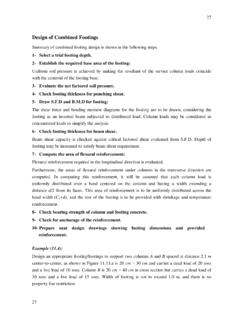
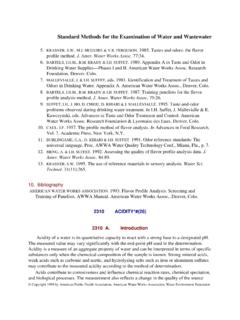
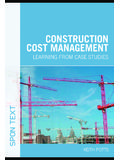

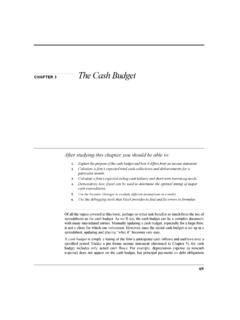

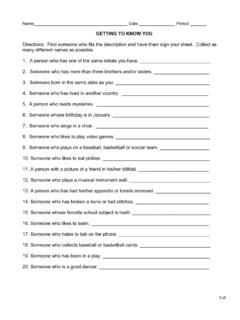

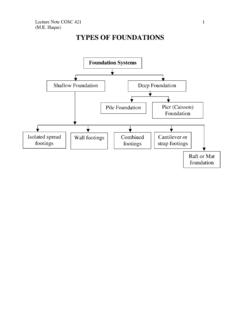


![Pile Foundation Design[1] - ITD](/cache/preview/7/1/b/5/4/9/2/e/thumb-71b5492ea36fbc0a87c29e49c6fa8bff.jpg)
